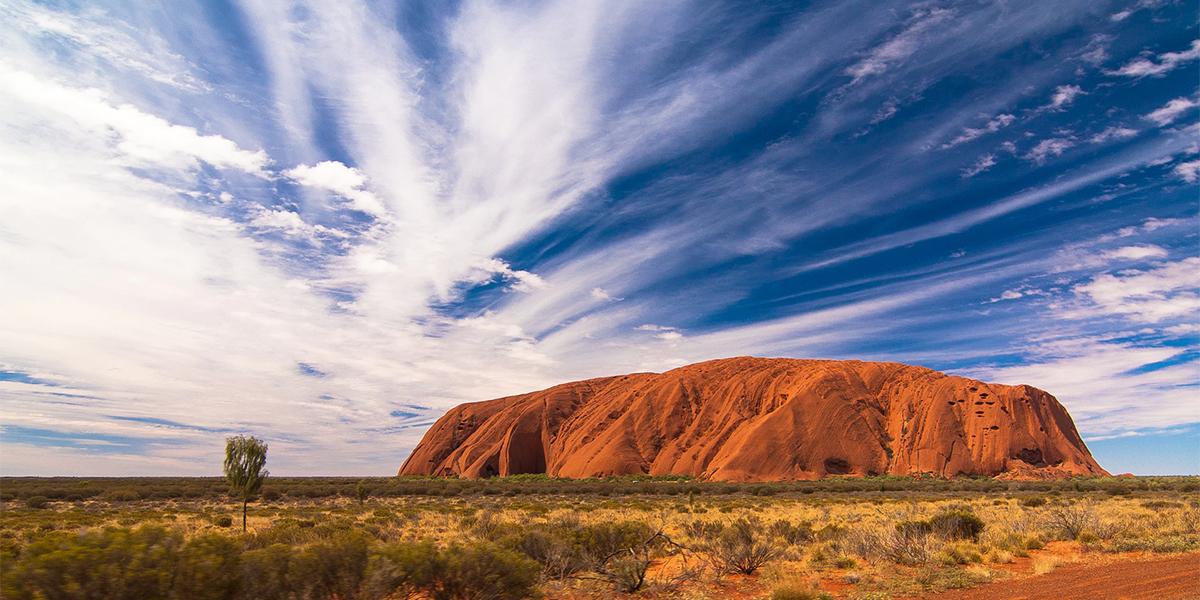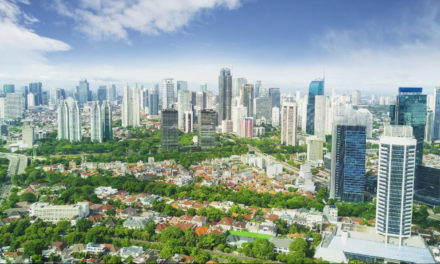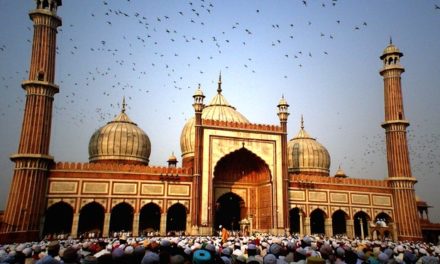As of October 26th, the popular sandstone rock formation known as the Uluru will be off-limits to tourists after a climbing ban was enforced. This follows a decades-long dispute between the aboriginal people, the Anangu, and the Australian government.
Located in central Australia, the Uluru has long since been a sacred site for the Anangu people, but non-indigenous people began visiting the area during the 1940s. In 1985, the land title for the site was returned to the Anangu people but as part of the agreement, it was leased to the federal government to be jointly managed as a national park for 99 years.
The indigenous community do not climb the Uluru due to its spiritual significance and have equally tried to discourage tourists from climbing. A visitors guide reads: “We, the traditional Anangu owners, have this to say: Uluru is sacred in our culture, a place of great knowledge. Under our traditional law, climbing is not permitted. This is our home. Please don’t climb.”
However, that doesn’t stop the thousands of visitors who still visit every year. After becoming a UNESCO World Heritage Site, annual visitor numbers grew up to 400,000 in the year 2000. Since the ban was announced, there has been a surge in tourists with 10,000 extra visitors on average in the last six months.
Today, hundreds from Australia and beyond gather at the site, eager to hike up the rock one final time, but many are not so eager to welcome the final pilgrimage. An indigenous academic, Marcia Langton took to Twitter to express her outrage: “A curse will fall on all of them. They will remember how they defiled this sacred place until they die, and history will record their contempt for aboriginal culture.”
Similarly, on Thursday, the Minister for Indigenous Australians Ken Wyatt expressed his disapproval: “I understand people want to put the climb on their bucket list but it would the equivalent to having a rush of people climbing over the Australian War Memorial. Our sacred objects are absolutely important in the story and history of our people.”
Why is it Closing?
The Uluru-Kata Tjuta National Park, home to both the Uluru and the Kata Tjuta, voted unanimously in 2017 to enforce a climbing ban. Alongside spiritual reasons, there was also an environmental concern due to tourists leaving plastic bottles and the overall impact of tourism on the site.
The safety of climbers has also been called into question with over thirty people dead and countless others injured in recent years. From high temperatures to rough winds, it’s not uncommon for the site to be closed due to the risk of physical danger. Controversial incidents have also plagued the site, including nudity, urinating, defecating, golfing and even a striptease, rekindling the Anangu’s fight to reclaim their land.
October 26th will mark the 34th anniversary of the conferral of land rights to the Anangu. For over 30,000 years indigenous people have lived in the area around the Uluru, yet they’ve had to continuously fight for its protection and its right to be respected for its immense spiritual and ancestral significance. This ban is a win for the Anangu people, but a clear indication that Australia still has a long way to go in understanding its aboriginal population.
- This Artist is Making the Underwater Arena His Canvas - 28th April 2021
- A Video Game that Promotes Peace and Conflict Resolution - 15th March 2021
- Netflix’s ‘Living Undocumented’ is a Difficult Series to Watch, and Exactly Why We Should - 9th March 2021






